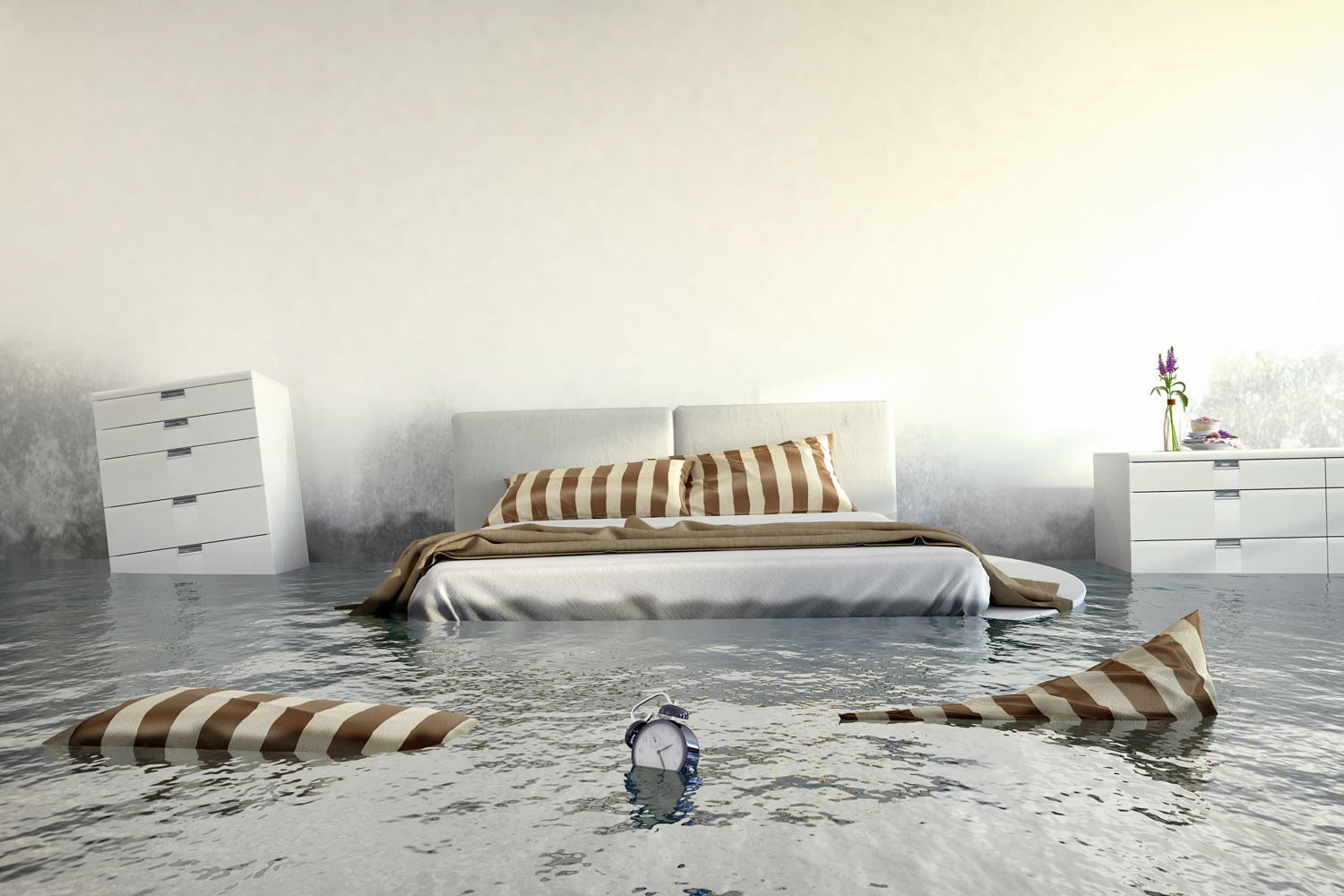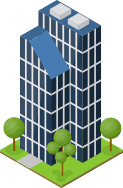Damages presented by flood waters can be quite devastating and completely ruin
your home. Flood waters that come across the ground or out of streams and rivers,
carrying unknown pesticides, chemicals, and who knows what else, can contaminate
and stain your floors and walls and even cause major structural damage to your
home. These waters are capable to damage or sweep away furniture, clothing,
automobiles, and other personal belongings.
Flood waters can contain bacteria, runoff from the field, animal and human wastes
or toxic chemicals, oils, gasoline, etc. This is the reason why when there is flooding,
the flooded areas have a widespread outbreaks of dysentery, cholera and other
kinds of water-borne diseases. Flood water can be a health hazard and cause serious
illnesses so you must not allow your children to play in the flood water.
Reasons to Avoid Entering Flood Waters
Flood water can contain the following, which is why it is a good idea to steer clear of
entering flood water:
- The flood water can contain raw sewage which can be infested with germs
and disease-causing pathogens such as hepatitis A, E. coli,
cholera, Cryptosporidium, Giardia, etc. - The flood water usually picks up and carries with it all sorts of things. These
items may contain sharp edges that can puncture or cut the skin that result in
serious infections. - There may be hidden potholes, ditches, rocks, etc. that can trip you up and
cause you to fall and get injured. - It takes very little depth of water along with a strong current to dislodge cars
or entire buildings. - After a flood, when the waters begin to recede, manholes, storm drains and
storm pipes can become suction devices that drag away unsuspecting people.
Common Types of Damage Due to Floods
Destruction and Staining of Floors and Walls
Usually, the most commonly damaged portions of the home in a flood are the lower
2-4 feet of walls and the flooring of the lowest level of the home. Once it is saturated
by flood water, drywall must be completely removed and discarded. You may
experience floor damage such as cupping or warping of the wood flooring, wet
padding and carpets, water-logging of casings, baseboards, etc. The floodwaters are
usually murky and contain lots of debris and contaminants such as silt, mud,
branches, chemicals, dead animals, etc.
Mold Growth
Mold growth is a dangerous after-effect of flood water damaged structures. Mold
thrives in damp, dark places that are hard to reach and uneasily seen. Mold can
carry with it serious health effects. Mold cleanup requires specialists with training
and specialized equipment; air scrubbers, thermal foggers, HEPA filtration systems,
etc. Mold growth must be contained while still in its early stages otherwise, it can
grow out of control and cause untold amounts of additional of damage to your home
and possibly your family’s health.
Damaged Electronics and Fires
If you have any electronic appliances that come into contact with the floodwater and
they are still connected to electric power, they can cause an electrical short resulting
in a fire. Also stepping into standing water containing appliances that are plugged in
and under power can result in electrocution. Extreme caution is called for. These
electronic appliances usually are ruined by the flood water and cannot be salvaged.
Broken Glass, Windows and Valuables
During a flood, there may be plenty of breakages of windows, mirrors, lamps and
other decorative items, etc. This can cause glass to be scattered everywhere and
increase the risk of injury. There can be dangerous bacteria present in the
floodwaters and any injuries or cuts from unsanitized objects can cause infections.
Floodwater should be treated like sewer backup and as a health hazard.
If there has been a flood in your area and your home has been damaged by the
floodwater, the Water Mold Fire Restoration specialist teams can help to restore
your home to its original condition. You can call at 800-905-0277 or, if you prefer,
email us for more information at help@watermoldfire.net.








